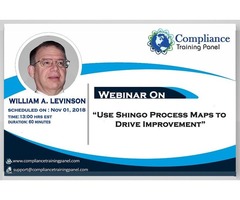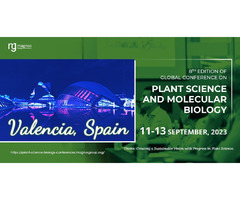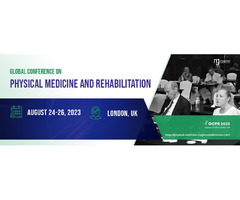Description :
Shingo process maps, while designed originally for specific improvement processes, are usable as data-driven living process improvement tools that also document the process to support ISO 9001:2015. They can, in the role of process flowcharts, use production data to expose quickly wastes of time, material, and even energy to initiate corrective and preventive action to remove the wastes.
Objective :
1. Attendees will learn how the Shingo map (1) follows the plan-do-check-act (PDCA) continual improvement cycle and (2) supports ISO 9001:2015's process focus, with particular emphasis on the SIPOC (Supplier, Input, Process, Output, Customer) model
2. The webinar will show how to construct a Shingo map, and how to classify all activities as value-adding transformation or non-value-adding handling, transportation, inspection, and delays.
3. Attendees will learn how to use the Shingo map to expose the wastes depicted by Henry Ford's four key performance indicators (KPIs)*: waste of the time of things (cycle time), waste of the time of people (motion inefficiency), waste of materials, and waste of energy.
o Inventory, one of the Toyota production system's Seven Wastes, is proportional to cycle time, and enormous wastes of cycle time can hide in plain view.
o No material or energy waste can hide from a material and energy balance, which means this aspect of the Shingo map will support ISO 14001 and ISO 50001.
Areas Covered in the Session :
1. Original role of Shingo maps in process improvement projects, and how Shingo maps can also be used to document processes to support ISO 9001:2015's process focus.
o This includes the SIPOC model.
o Operations in the Shingo map can be hyperlinked to work instructions to fulfill ISO 9001:2015's documented information requirements for critical to quality processes.
2. Basics of how to construct a Shingo map. (Reference: Gaa, Peter. 2015. Creating and Using a Shingo Style Process Map. Waring TX: Rikai Publishing.)
3. How to use the Shingo map to expose wasted cycle time, both during planning of the realization process and then during its operation.
o Apply Shigeo Shingo's principle of the value-adding "Bang!" to classify value-adding and wasted cycle time.
o Determine process cycle time (PCT) from throughput and inventory, and then determine the process cycle efficiency.
4. Recognize the impact of waste motion, and also variation in processing and material transfer times (per Goldratt's and Cox's The Goal) on productivity.
5. How to use a material and energy balance—a basic chemical engineering tool—to force wasted material and energy to become visible. No material or energy waste can, as far as we know, hide from this analytical technique which is synergistic with the Shingo map and the SIPOC model.
About Speaker:
William A. Levinson, P.E., FASQ, CFPIM, is the owner of Levinson Productivity Systems PC. He holds professional certifications from the American Society for Quality, APICS, and Society of Manufacturing Engineers.
Who Will Benefit:
Manufacturing and quality engineers and technicians, especially those with responsibilities for process improvement and waste reduction.>
Venue: Online
Speaker Name: William A. Levinson
Priice : $ 179
Thursday November 1 , 2018
EST 13:00
Duration : 60 Minutes



 Loading
Loading





